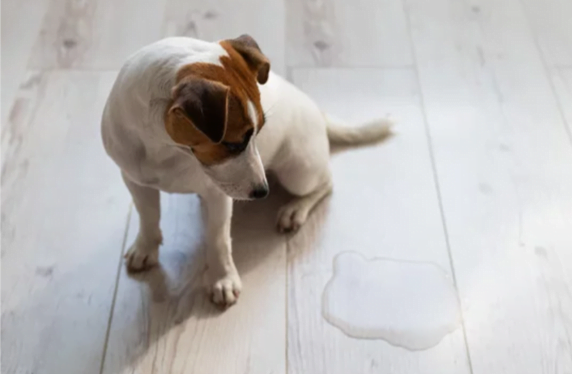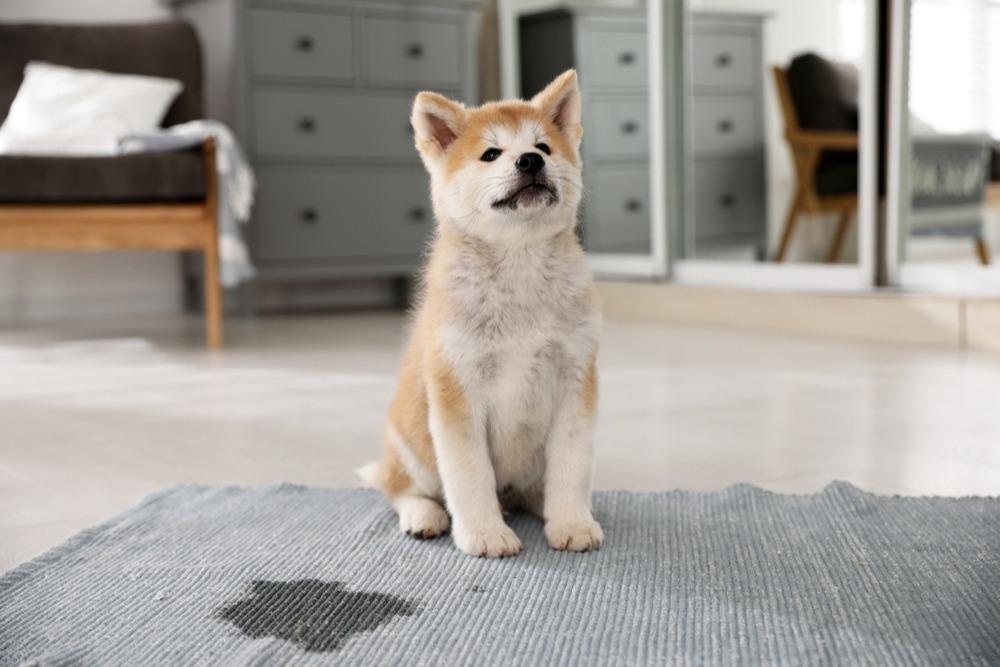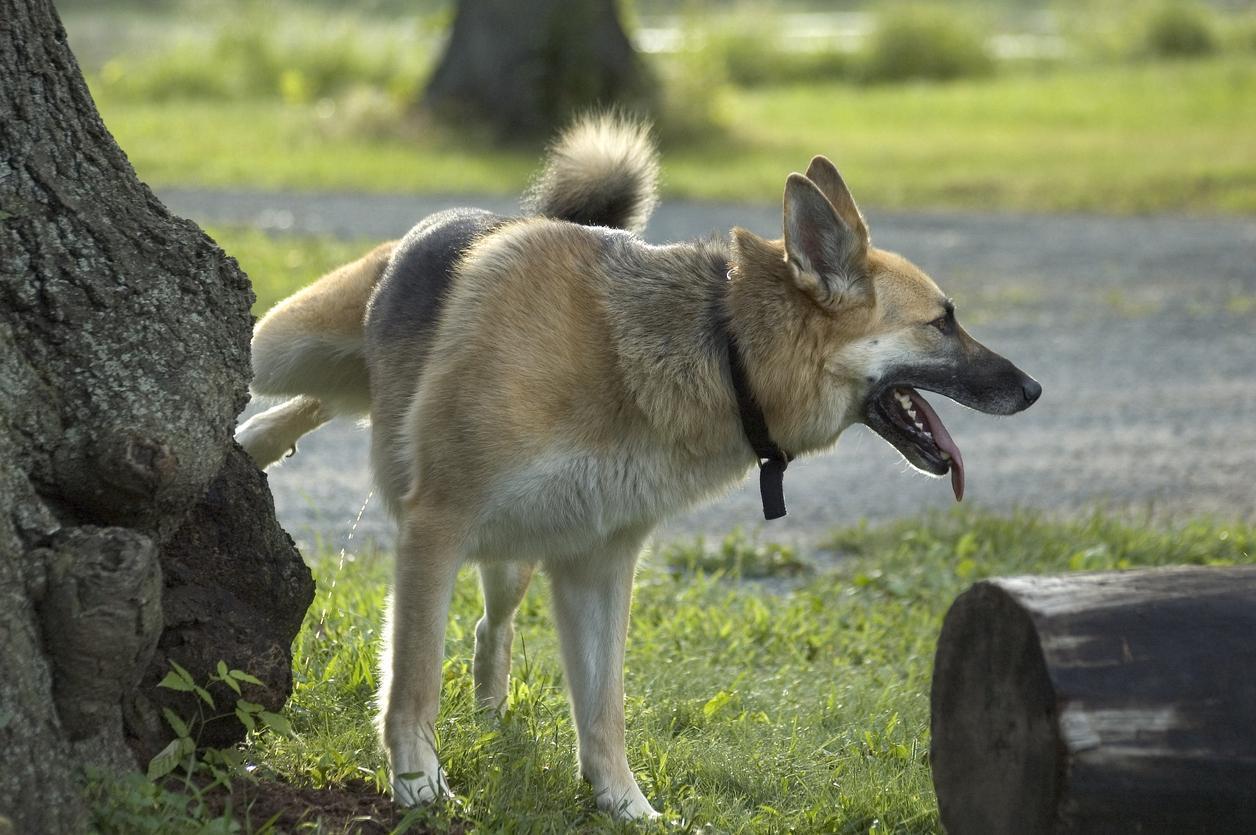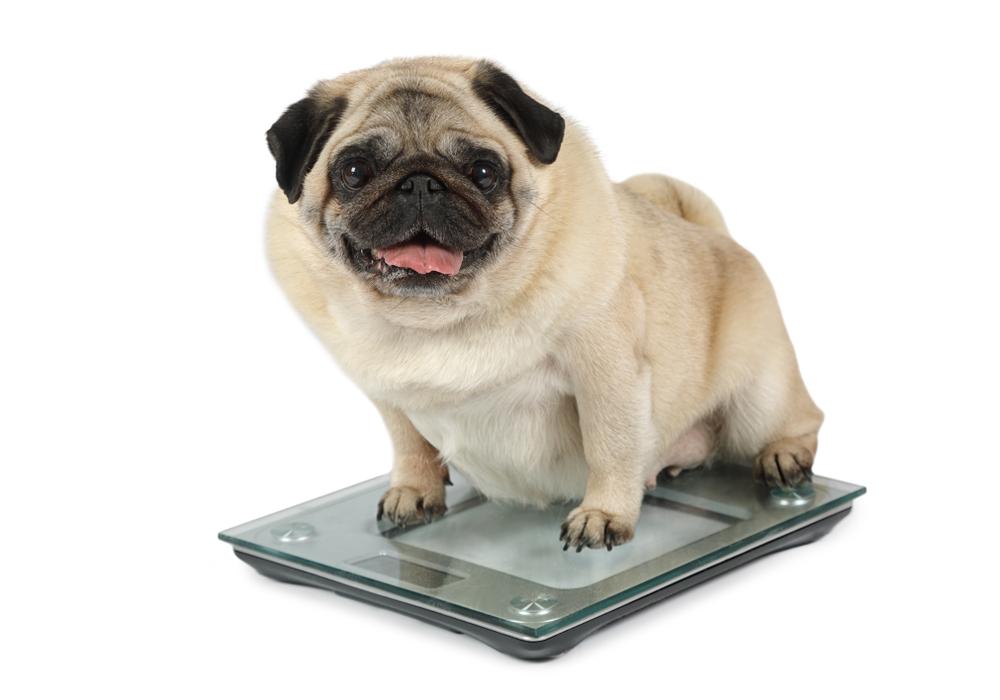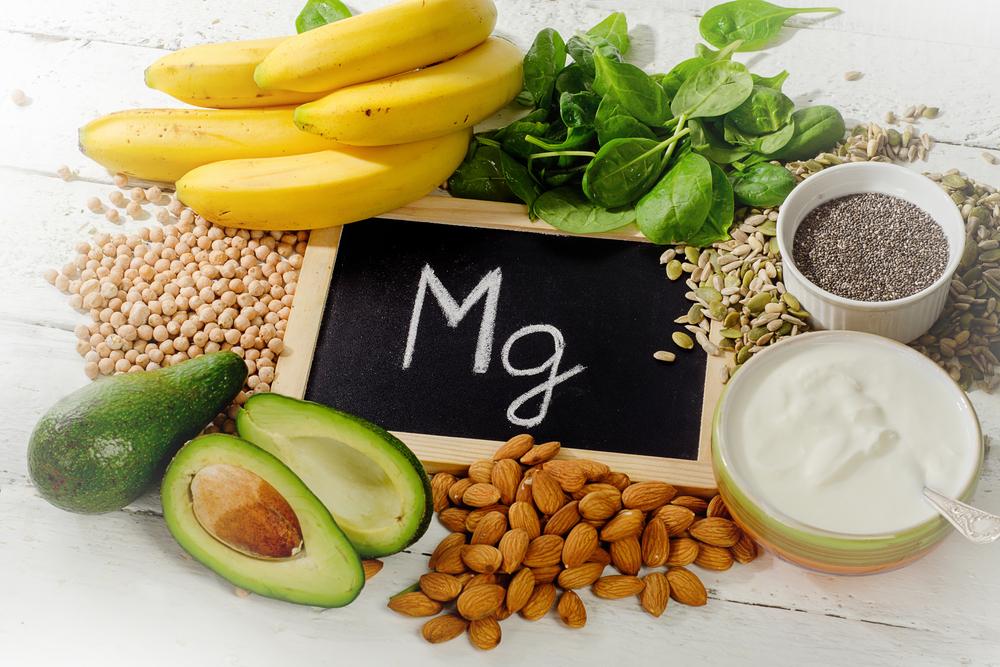Here at My Pet Nutritionist, we often help pet owners battle with oxalate crystals/stones in their pets. A diagnosis of any urinary stone can seem daunting, but that’s where we can step in to help! This is a handy guide to the ins-and-outs of Calcium Oxalate stones!
What are Oxalate Stones?
Oxalate stones, formally known as Calcium Oxalate stones, are formed of microscopic crystals of calcium oxalate. They’re the second most common type of urinary stone found in dogs, second to Struvite stones.
If left untreated, oxalate crystals are one of the leading causes of kidneys stones.
Males tend to get diagnosed with oxalate stones more often than females, and they’re more common in older dogs than they are in younger dogs. Some breeds are predisposed to Oxalate Stones. These include:
- Miniature schnauzer
- Yorkshire terrier
- Lhasa apso
- Bichon frise
- Shih Tzu
- Miniature poodle
- Chihuahua
- Jack Russel
Findings Here
Findings Here
Symptoms of Oxalate Stones
There are a number of symptoms caused by oxalate stones, including:
- Difficulty urinating
- Bloody or cloudy urine
- Smelly urine
- Frequent urination
- Distended abdomen
- Lack of appetite
- Changes in behaviour
- Lethargy
- Vomiting
If your dog has such symptoms, it’s important to seek veterinary assistance.
How Do They Form?
Studies show that feeding a diet that causes high levels of urine acidity can contribute to the formation of oxalate stones. Research suggests that urine high in calcium, citrates and oxalates (these changes to urine are largely controlled by diet) can increase the risk of the dog having oxalate stones.
Breed, and sex predisposition are huge factors in the formation of oxalate stones, alongside the aforementioned dietary factors.
Findings Here
Findings Here
Diagnosis, and Getting Rid of Oxalate Stones
When taken to the vet, the dog will have a blood sample taken, and a full blood panel will be run. A urinalysis will also be performed to check for increased levels of acidity, calcium, citrates and oxalates.
If bladder stones are not able to be felt through palpation of the bladder, an x-ray may be performed to work out exactly what we are dealing with.
Unfortunately, oxalate stones usually require surgical intervention, as they cannot be dissolved once formed. Like with Cysteine stones, smaller crystals may be able to be flushed out using urohydropropulsion, however as these crystals, untreated, can grow rapidly and cause urine infections, most veterinary surgeons would prefer to operate and remove all crystals as a first port of call.
Findings Here
Supporting the Body, and Preventing Oxalate Stones
There are many ways we can support the body to prevent recurring formation of oxalate stones. Let’s discuss these!
Probiotics
Studies show that probiotics are effective at breaking down oxalates in the digestive system, so it’s wise to give a good, broad spectrum probiotic every day.
Avoid high calcium, acidic, and high oxalate foods
It’s incredibly important to keep the pH of the urine as alkaline as possible. There are certain foods we recommend to avoid feeding your dog if they have history of oxalate stone development. These include:
- Spinach (high in oxalates)
- Leafy Greens (the darker they are, the more oxalates they contain)
- Beets (high in oxalates)
- Citrus fruits (high in citrates and oxalates)
- Legumes (high in lectin, and oxalates)
- Beans (high in lectin and oxalates)
- Nuts and seeds (high in oxalates)
- Berries (high in oxalates)
Increase moisture intake
Always insure your dog is drinking plenty of water! A high moisture diet is also incredibly important, be it raw, or freshly cooked. You can also ‘float’ the food, by adding extra water to it.
Check out our
low oxalate recipe here!
Limit sodium intake
Another reason to avoid dry foods, is that they’re often high in salt. Salt is very dehydrating on the body, so it’s important to limit sodium intake.
Findings Here
Findings Here
Findings Here
Has your dog been diagnosed with Oxalate, of any other type of urinary tones? If the answer is YES, don’t hesitate to book a consultation with one of our team!
Team MPN x



